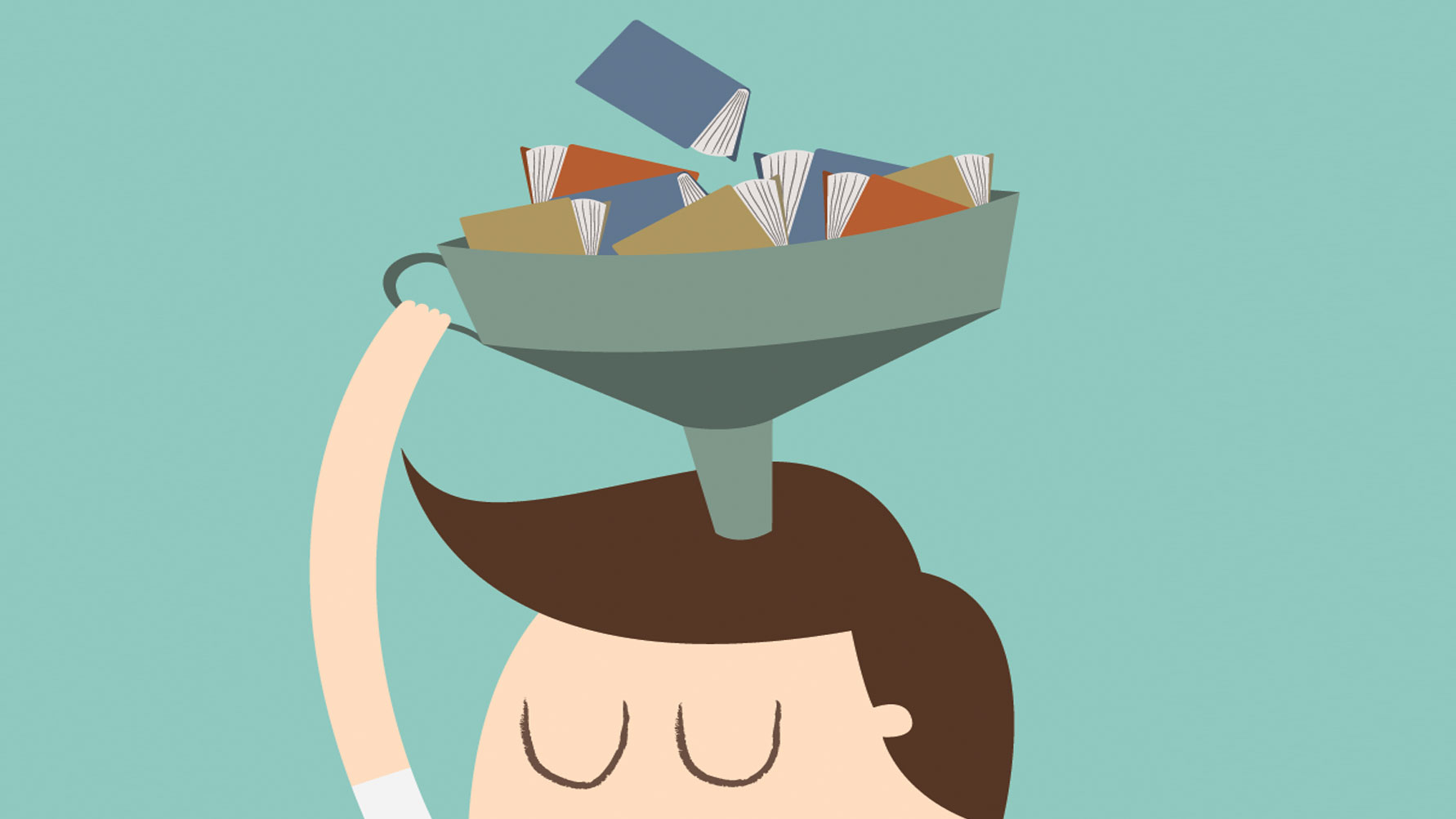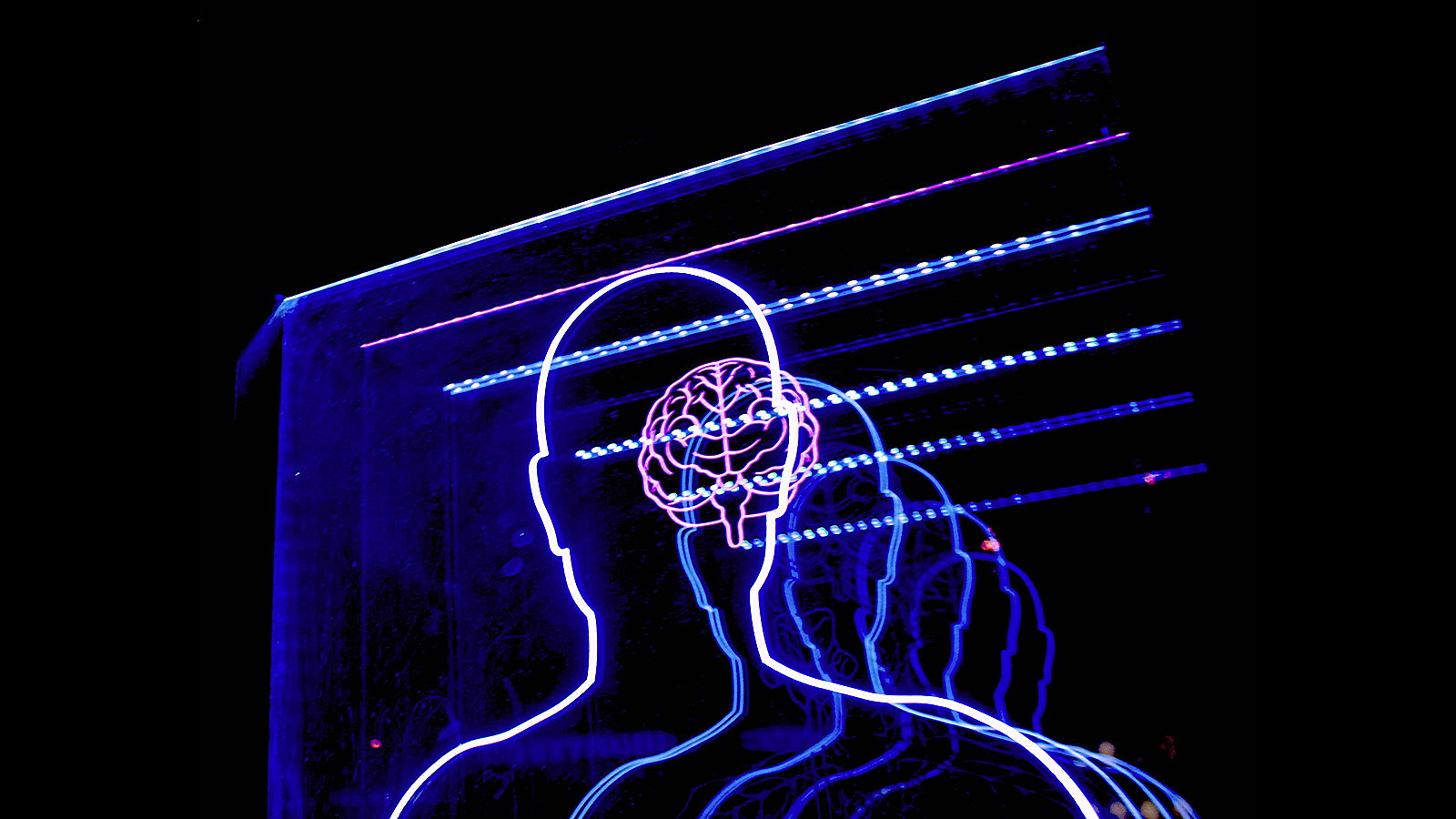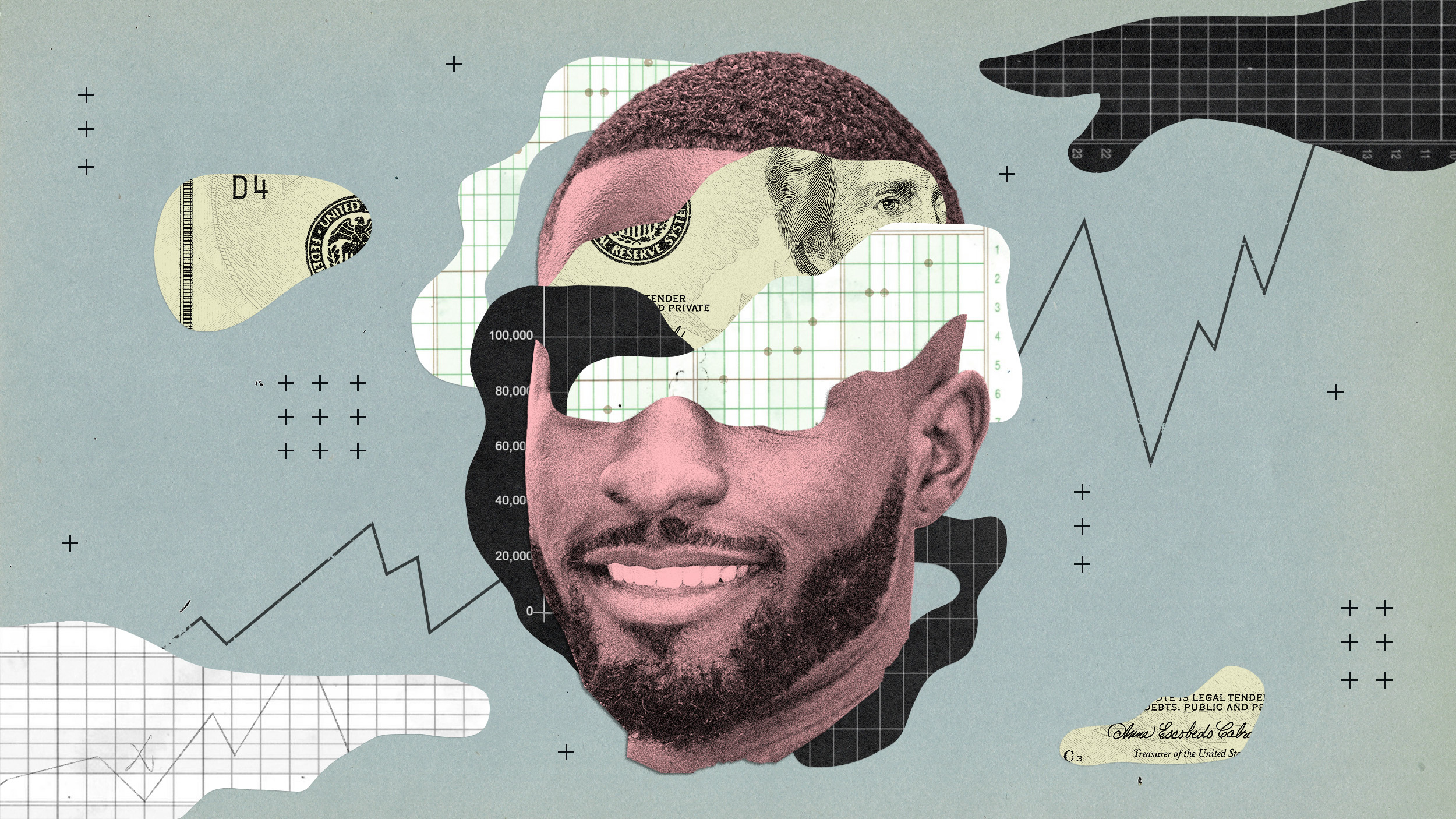How the 3 steps of “adaptive plasticity” can grow your brain and make learning easier

- Research has shown that when London taxicab drivers memorize city streets, their brains increase in size.
- Neuroplasticity is the brain’s ability to form and reorganize synaptic connections, especially in response to learning or experience.
- “Adaptive plasticity” is the type of neuroplasticity that we can influence; it starts by performing an action repeatedly until it becomes a habit.
If you’ve been in a London taxicab, you might have noticed how the drivers don’t rely on maps or GPS. That’s not by accident. It dates back to a law created in 1865 for horse-drawn carriages, and for some reason, the law still prevents taxicab drivers from relying on maps. All taxi drivers must pass an intricate test known as “The Knowledge” to get their green badge. That means drivers must memorize every street and know their way around the city much better than the average driver. Given that London has 25,000 crisscrossing streets that are anything but an easy-to-remember grid, it’s no surprise that it takes some drivers four years to master the area and that half of applicants fail the test.
Neuroscientists studied the impact this had on those drivers’ brains. They followed 79 aspiring taxi drivers for four years as they prepared for the test. At the beginning of the study, the researchers performed MRIs and found that all the aspiring drivers had about the same size hippocampus — the part of the brain that deals with the kind of memory needed for navigation. After four years, 39 of the drivers had passed The Knowledge test. A second MRI was done on all 79 study participants, and the hippocampi in the brains of the ones who had passed the test were larger than those of the other participants. During those four years, the brains of those London taxicab drivers literally had changed.
This isn’t a unique phenomenon. People who are blind and read Braille develop the area of the brain that is receptive to the sense of touch, so it grows in size over time; but because of the way they use their hands, new connections are created in the brain that reorganize and change its structure. Your brain does this without your realizing it, for instance within the regions of the brain that control your dominant hand. Those regions are stronger structurally and have different connections than the regions that control your non-dominant hand.
What’s so beautiful about the brain is that you can mold and change it through repeated action. The term neuroplasticity means the brain’s ability to form and reorganize synaptic connections, especially in response to learning or experience. This means that you can change your brain whenever you want, so all those needle-moving activities and healthy habits that you want to implement to achieve your goals can be done on autopilot.
Neuroplasticity takes three forms: passive plasticity, maladaptive plasticity, and adaptive plasticity.
Passive and maladaptive plasticity are ways our brains can change because of factors outside of our control. Adaptive plasticity is the type of neuroplasticity that we can influence. It starts by performing an action repeatedly until it becomes a habit. This eventually changes the brain.
What’s so beautiful about the brain is that you can mold and change it through repeated action.
The brain will resist change and try to revert back to well-worn paths it is used to because that requires less energy, so change will take time. You can’t do something today and expect your brain to be different tomorrow. As the saying goes, “Repetition is the mother of skill.” That’s what it takes to build up myelin and change the wiring of your brain.
What’s myelin? It’s a sheath along nerves that allows the signals in your brain to be sent more efficiently and without disruption. Picture a cord going into an electrical outlet, like the one on your laptop. It’s rubber on the outside, but that rubber protects the copper wire on the inside that sends the signal. Myelin is like the rubber insulating the cord. More repetition creates more myelin, allowing the signal to be sent faster and more efficiently.
The brain undergoes a three-step process over time to support learning, build up myelin, and create new pathways. It first changes chemically, then structurally, and finally functionally.
1. Chemical change
Depending on your thoughts, your brain can increase or decrease the chemicals it sends to neurons. This can improve short-term memory and help you learn a new skill. Let’s say that you want to learn to play the piano, and on your first day, you learn “Mary Had a Little Lamb.” You had never played it before, but you made a huge improvement in a short amount of time when learning to play this simple song. That’s your brain sending more chemicals to the neurons, but what happens the next day? You might not be able to play the song that seemed so easy the day before. It feels like you forgot everything you learned. Several factors contribute to how and why memories “stick” (sleep, focus, level of emotional stress, fatigue, etc.), but one reason why the song didn’t stay with you was because your brain increased the chemical signaling between neurons to improve only your short-term memory. It’s like writing a message in the sand on a beach that is soon washed away by waves. If you want to make a more significant and permanent change to your brain, you must go deeper. You have to change the structure of your brain.
2. Structural change
It takes time, effort, and repetition to create long-term memory or improve motor skills. When you do something repeatedly, chemical changes lead to structural changes, which is why it’s so important to keep showing up and working day after day because that process of learning creates brand-new connections between neurons that weren’t there before. You’re literally changing the physical structure of your brain. It doesn’t matter what you’re doing; when you learn and focus on something repeatedly for an extended period, it can eventually change the structure of your brain, no matter how old you are. Chemical changes to the brain are like water that builds up or runs down a landscape after it rains. Over time, the rain or accumulation of water can forge new paths that change the landscape permanently. Given enough time, those changes can be monumental — like the Grand Canyon, formed by the Colorado River cutting through rock over time. Structural changes can get different sections of the brain working together for the first time. This is what happens with London taxicab drivers and people who learn how to read Braille.
3. Functional change
After the structure of the brain changes, what makes those changes last in the long-term is when you change the actual function of your brain. When you are learning something, entire networks of brain activity shift, so the action you’re learning becomes easier over time and requires less effort. You don’t have to think about it anymore, and that’s how you know you’re changing the function of your brain.





